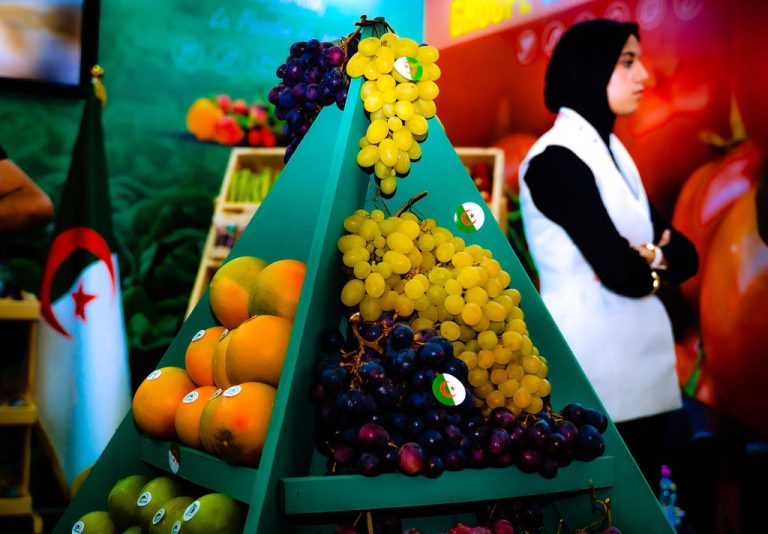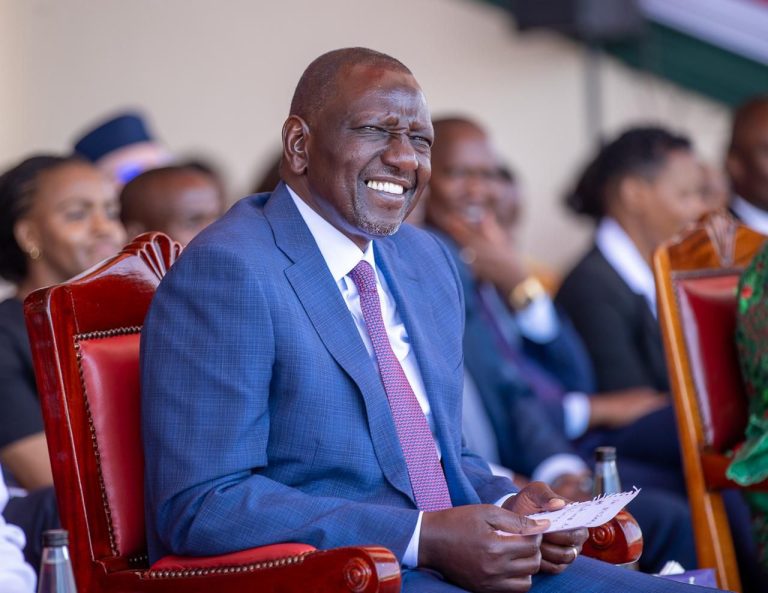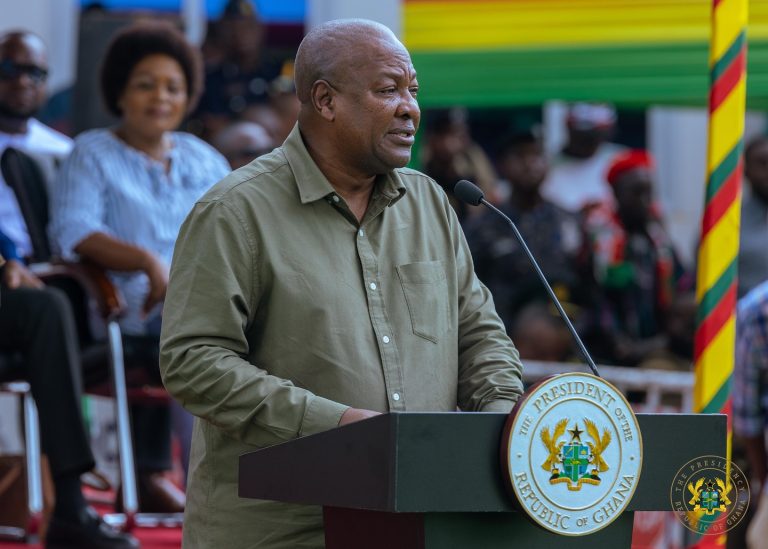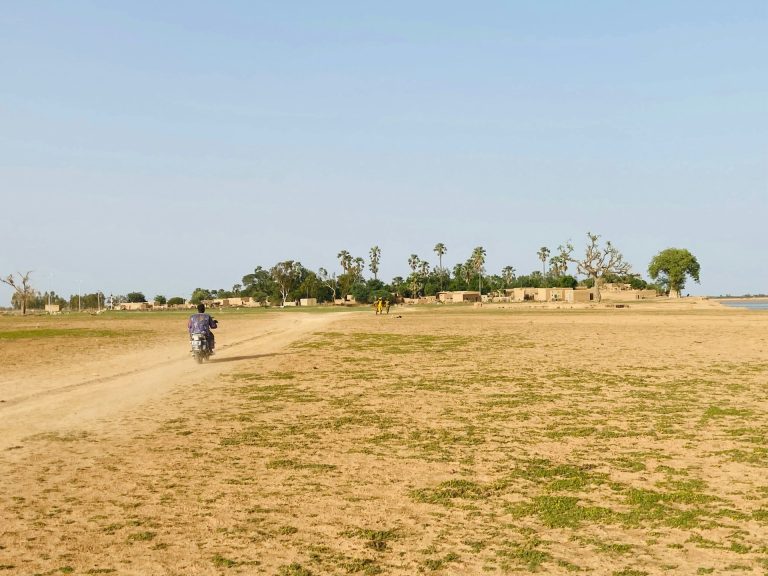- Nigeria’s oil output drops to 1.58m bpd amid strikes
- Industrial unrest and maintenance cripple Africa’s top producer
LAGOS, NIGERIA – Nigeria’s crude oil production fell to 1.58 million barrels per day (bpd) in September 2025, underscoring the fragility of Africa’s largest oil producer and its dependence on industrial stability.
Data from the Nigerian Upstream Petroleum Regulatory Commission (NUPRC) showed that crude output stood at 1.39 million bpd – the lowest this year – alongside 191,373 bpd of condensate. The figure represents a 3.09% month-on-month decline from August’s 1.63 million bpd, marking the second consecutive month Nigeria has failed to meet its OPEC quota of 1.5 million bpd.
The country met the quota only three times this year – in January, June, and July – when production slightly exceeded 1.5 million bpd.
Labour strike and maintenance disruptions
The NUPRC attributed the September decline to a three-day strike by the Petroleum and Natural Gas Senior Staff Association of Nigeria (PENGASSAN), which halted production and exports. The industrial action, sparked by mass layoffs at the $20 billion Dangote Refinery, reportedly led to the loss of around 600,000 barrels of crude, or 16% of Nigeria’s total output. Scheduled maintenance at key facilities also curtailed production.
“Whenever there is strike and critical staff manning critical facilities are not available, optimum production is almost impossible,” said the group chief of the Nigerian National Petroleum Company Limited (NNPCL). “In this particular case, we actually lost significant production of over 200,000 bpd that was deferred.”
Despite the monthly dip, output was up 1.61% year-on-year, compared with 1.55 million bpd in September 2024, suggesting a modest recovery in the longer term.
However, industry players expressed frustration at Nigeria’s persistent underperformance. “It is totally unacceptable as a nation to fall to 1.39bpd, taking into account that the strike may be akin to hiding behind one’s finger,” said Jide Pratt, Nigeria Country Manager of TradeGrid and Chief Operating Officer of Aiona. “Nigeria can surely do better.”
Fiscal strain and output mix
Nigeria’s production peaked at 1.81 million bpd in September, with a low of 1.35 million bpd. Forcados Blend accounted for 15.86% of total output, followed by Bonny Light (13.31%) and Qua Iboe (9.88%). Other key streams included Escravos Light (8.96%), Bonga (6.83%), Agbami (4.94%), Erha (4.55%) and Amenam Blend (4.2%).
The slump poses serious fiscal challenges. Oil exports make up roughly 80% of Nigeria’s foreign exchange earnings and about two-thirds of government revenue. The 2025 federal budget assumed a daily production of 2.06 million barrels at $75 per barrel, but both output and prices have consistently lagged projections — a shortfall that has already cost the government an estimated $5.09 billion in the first half of 2025.
“It is a sad situation we find ourselves as a nation, not to hit 1.7mbpd month-on-month, excluding condensate,” Pratt added.










